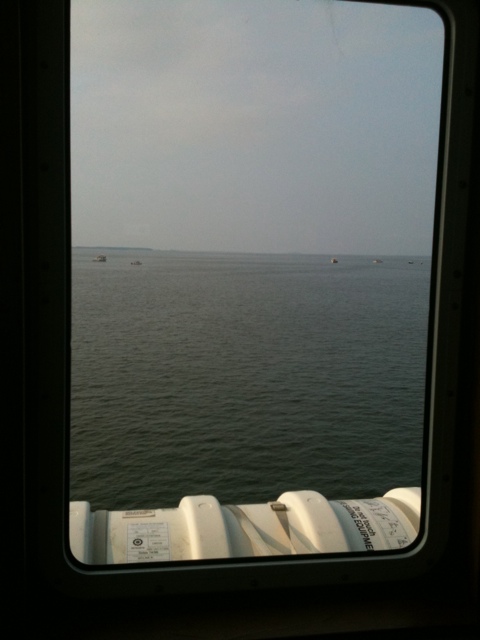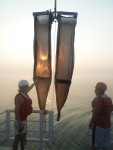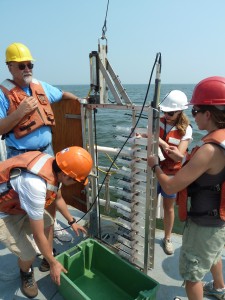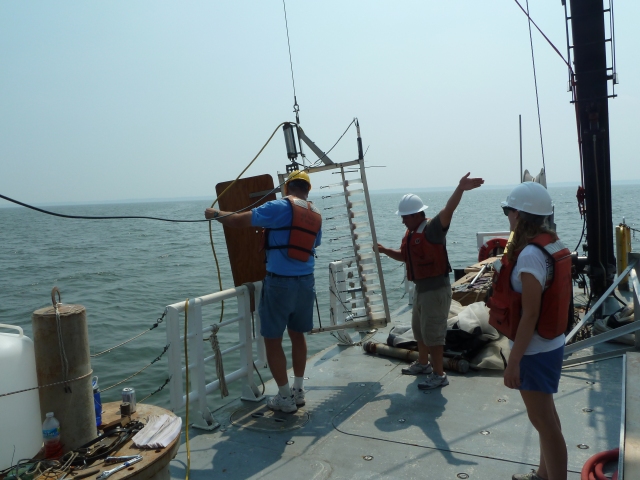Wow, it’s been a busy few days, but we’ve gotten in all of the experiments and observations we set out to do. As I mentioned in my last post, it could not have been done without some spectacular collaborators – both the students and faculty from UMET as well as the staff of Las Cabezas de San Juan. So what did we do?
Well, this program is intended as a pilot educational program, in which students from UMET develop and carry-out research projects with oversight by faculty mentors. It’s funded by NSF as an REU (research experience for undergraduates) and we’re involved to assist with the research and provide perspective from a research institute. We at UMCES are also here to build up collaborations with folks here, and I think we can declare victory on all fronts.
So what about the science? Well, we are mostly measuring rate processes in two lagoons, Laguna Grande (LG), which is a famous bioluminescent lagoon, and Laguna Aguas Prietas (LAP) which is not bioluminescent but of similar size and very close to LG. The major research question we are addressing is why are some lagoons bioluminescent and other are not? Anecdotal evidence suggests that some lagoons are bioluminescent some of the time, but others are more consistent, and the consistent ones are an important tourist ressource for the island of Puerto Rico. Thus, understanding how these systems could be an important step toward managing this amazing natural resource.
To do this, we are measuring primary production by the algae, grazing by the dominant copepods, and grazing by the microzooplankton. We are doing all these measurements using various incubation techniques that are well described in the literature and have a long pedigree, though none have been done in bioluminescent bays, to our knowledge. In addition one of our colleagues is looking at the flux of nutrients between the sediments and the water, again using tried and true techniques in a new place. At the end, once the students have processed all the samples and crunched all the numbers, we hope to put this together into a numerical model of the lagoon, so we can then test what could happen if conditions change. We started with a conceptual model that the students developed today, so that we have a framework with which to begin building the numerical model. Please note that these are drafts, created in Illustrator with the UMCES IAN symbol library.
I’ll write more, but it’s dinner time and we’ve earned it. Plus we’re leaving tomorrow, so only one more day to enjoy the mofongo!








